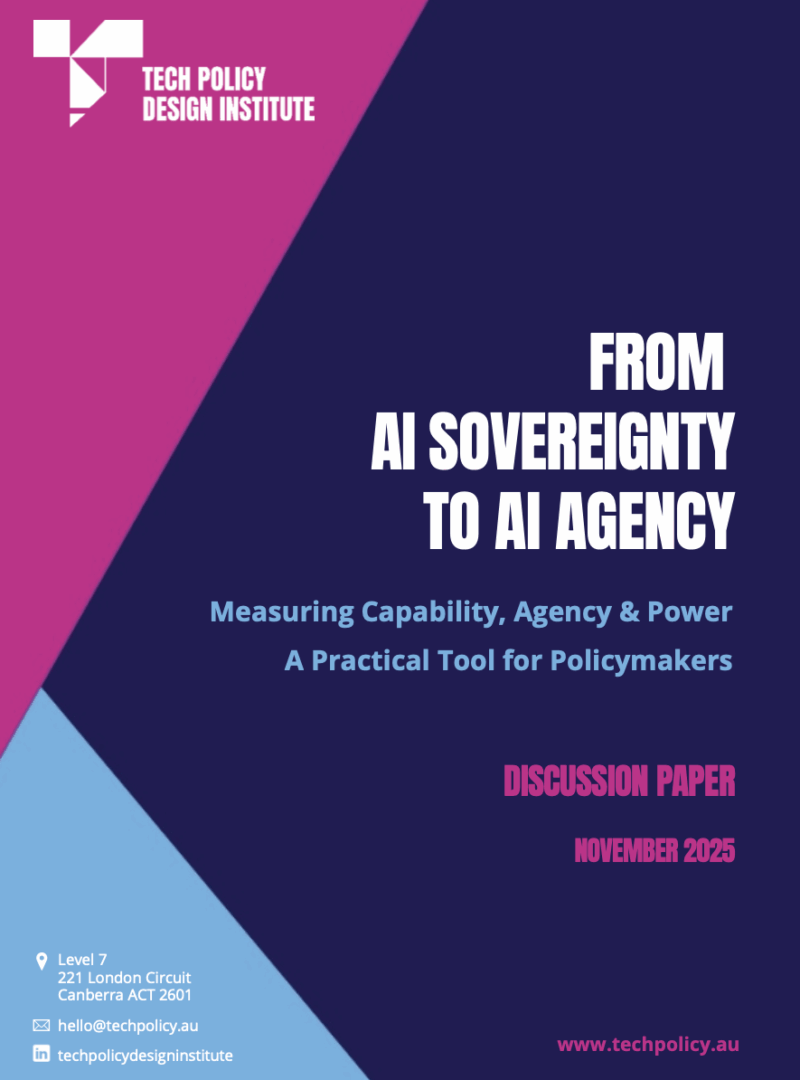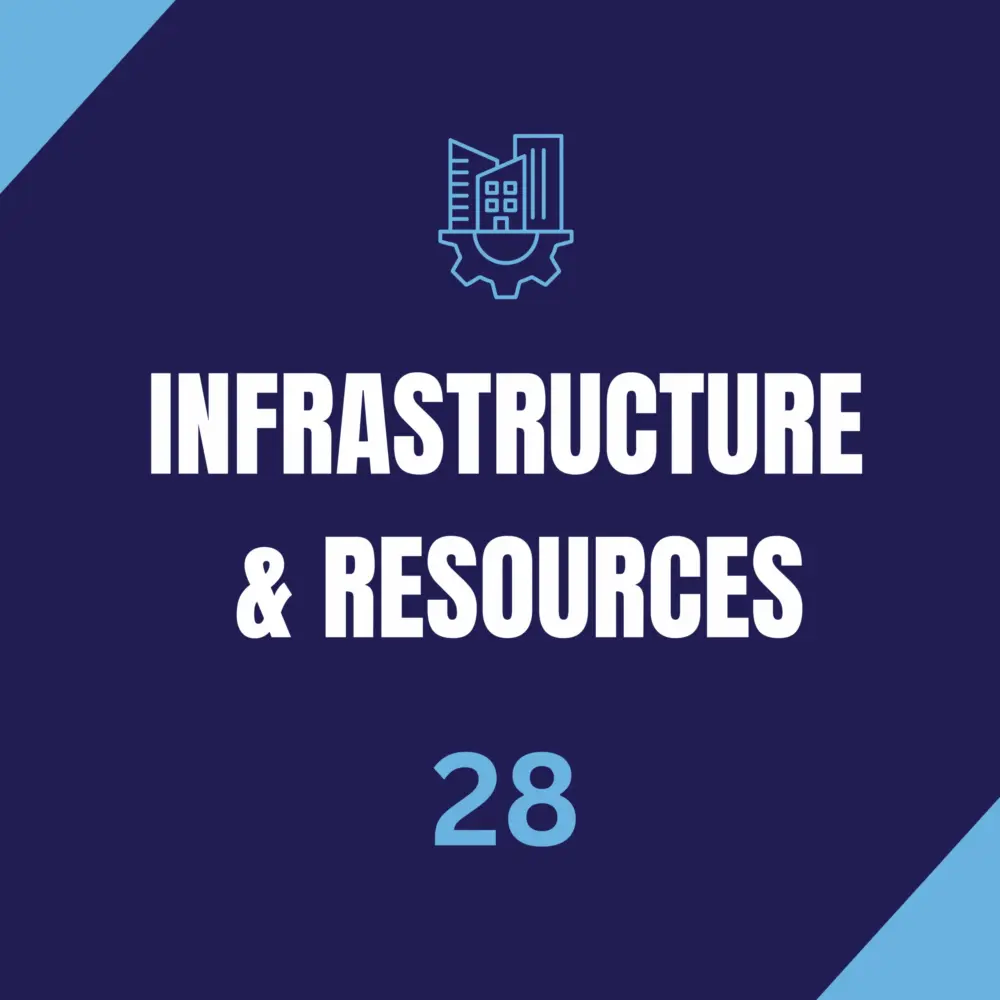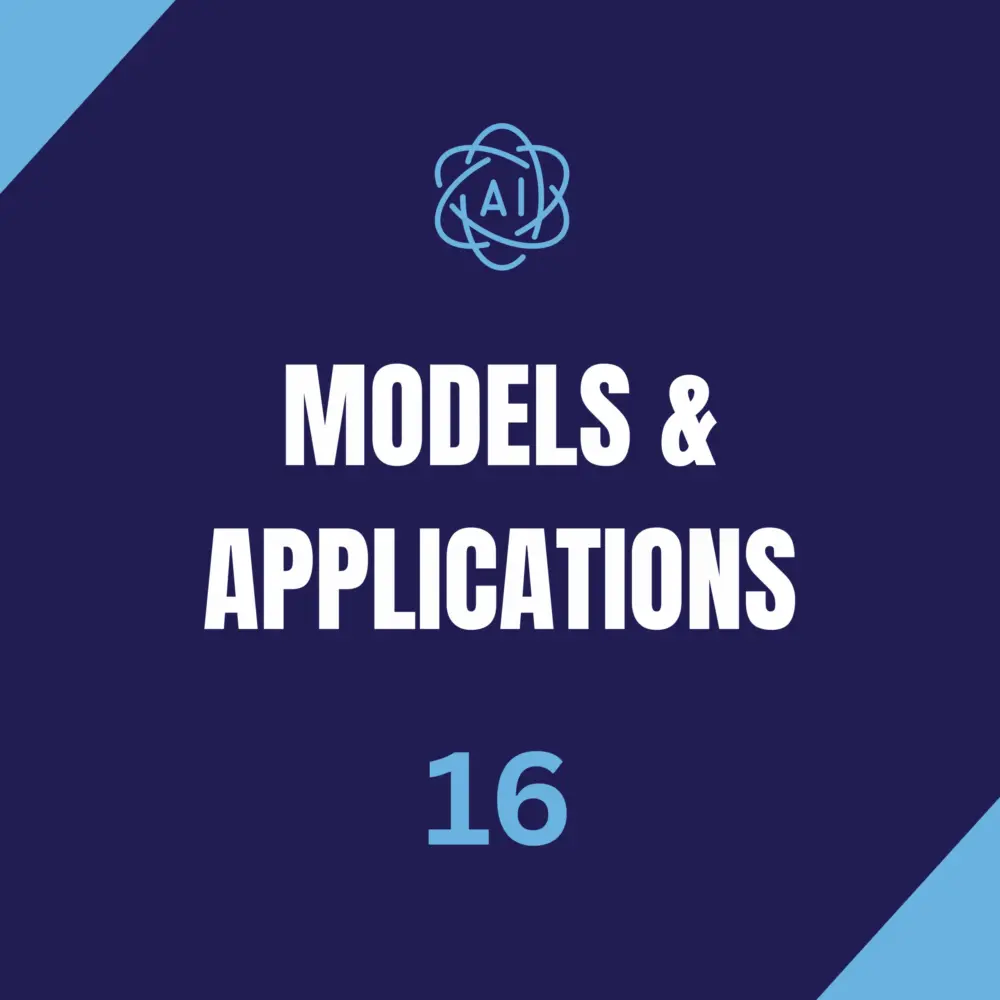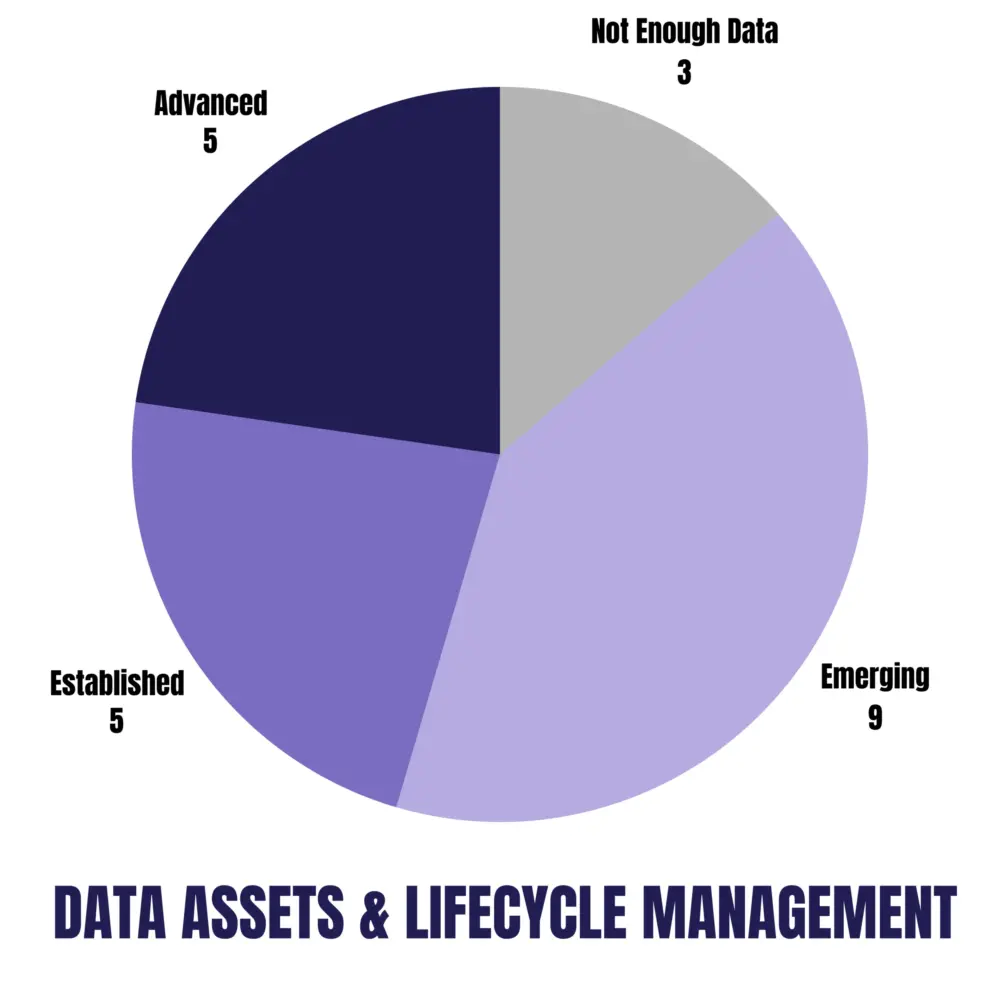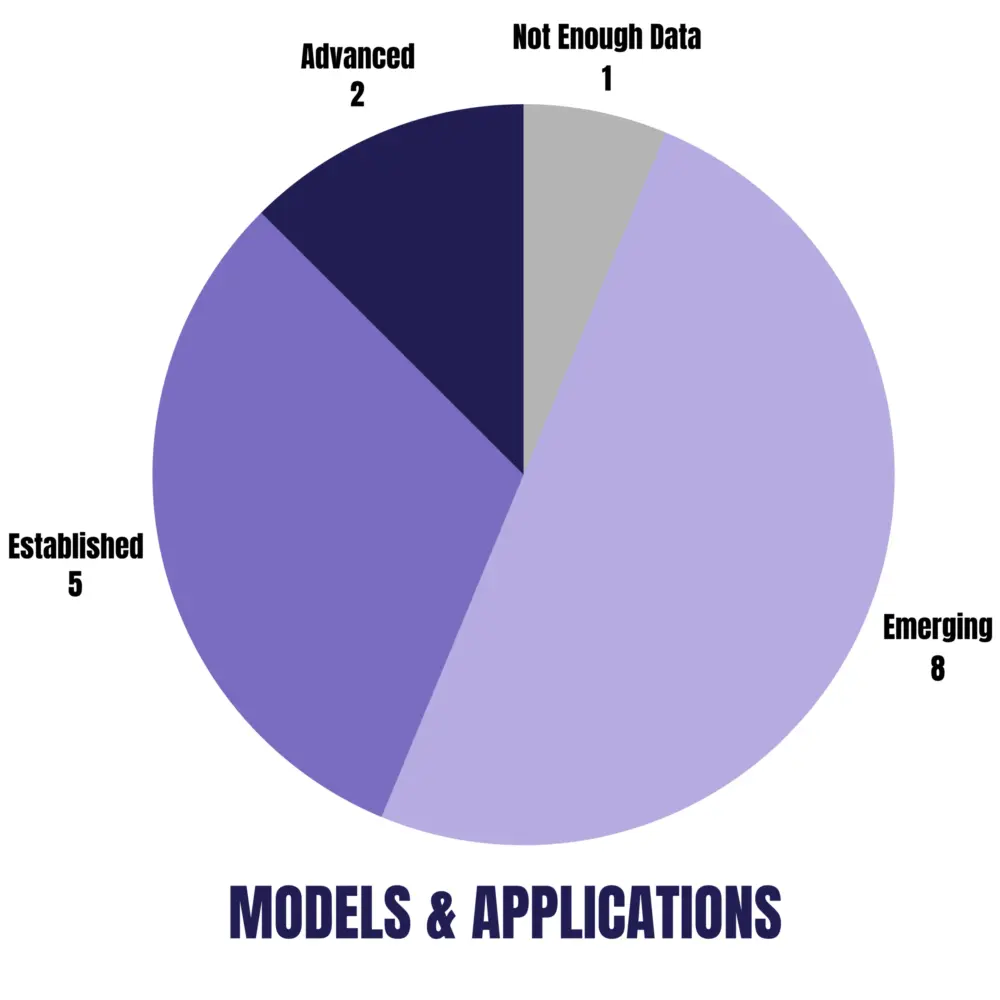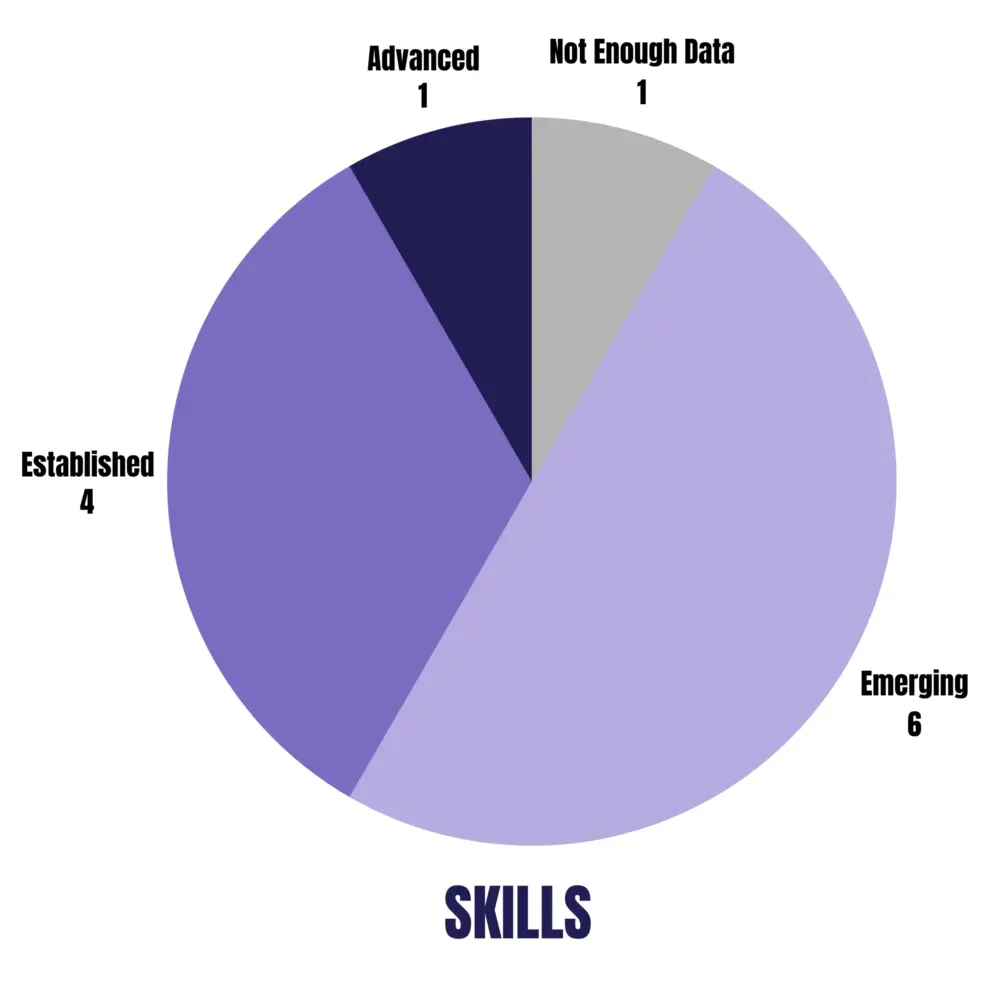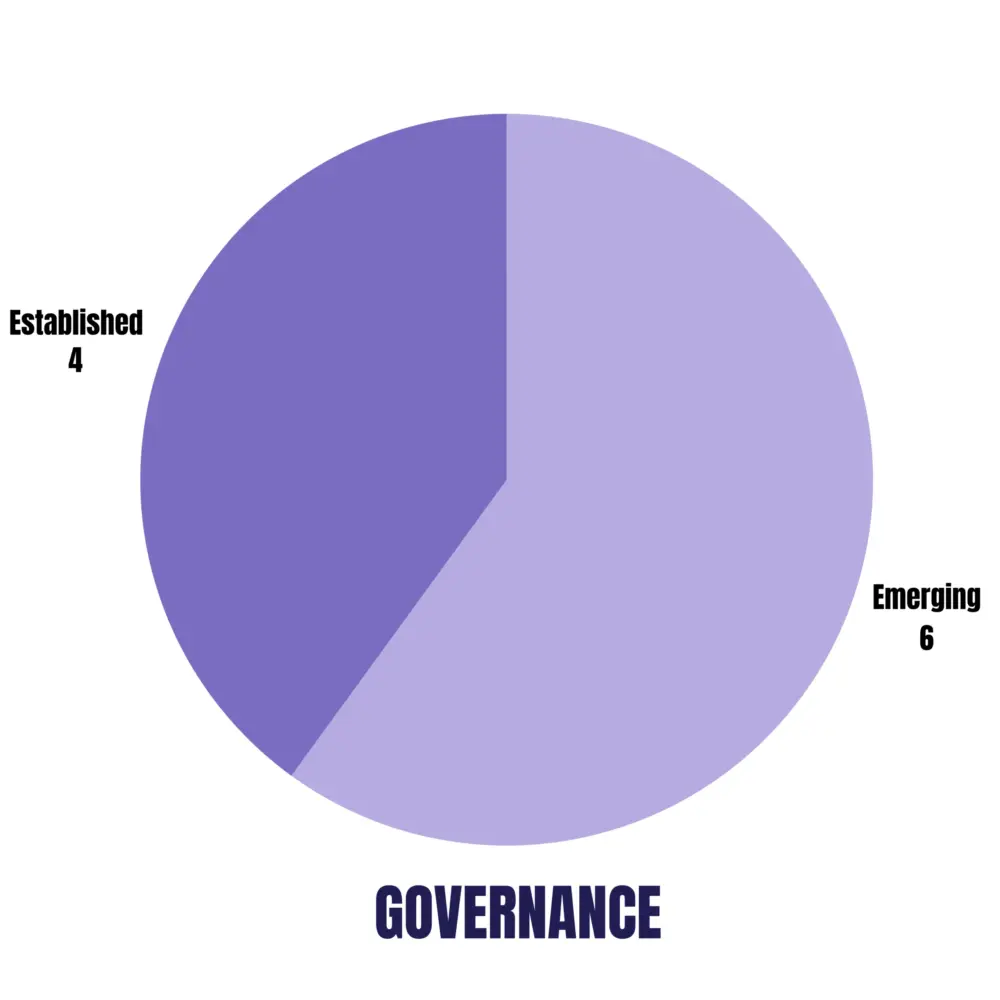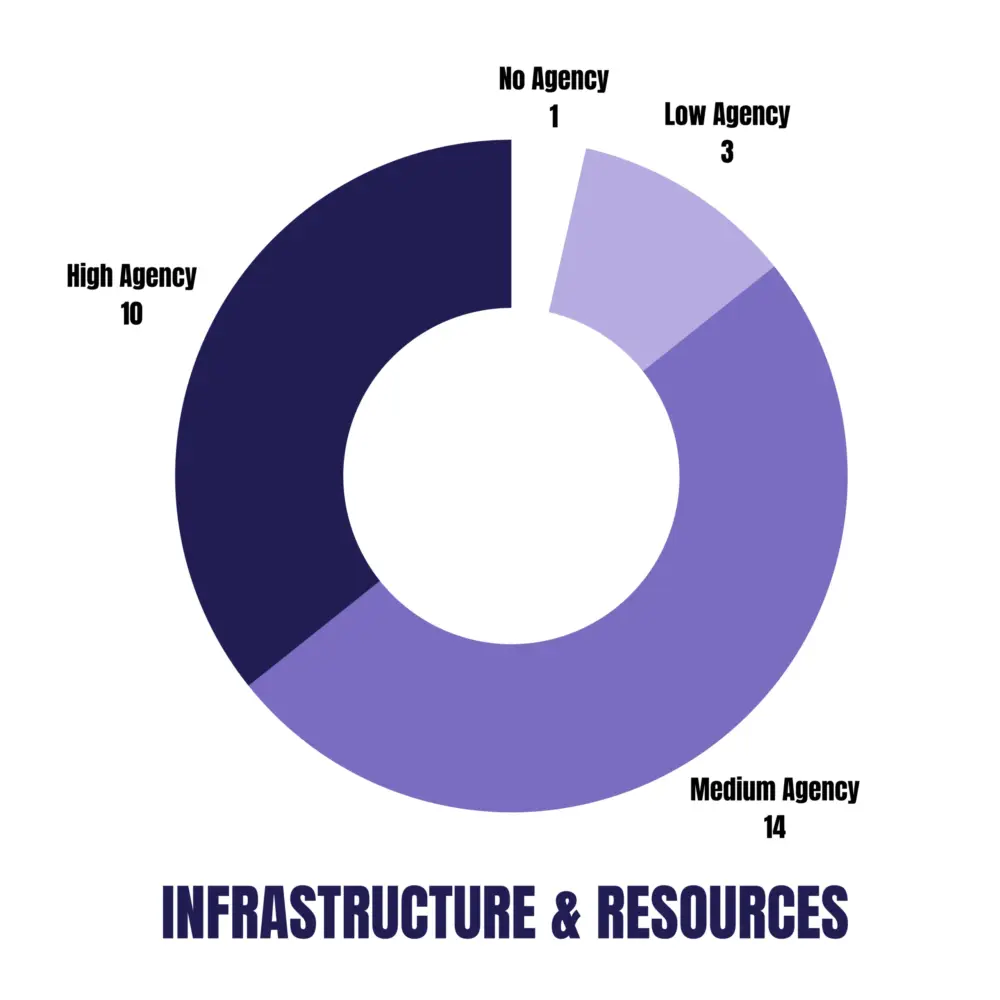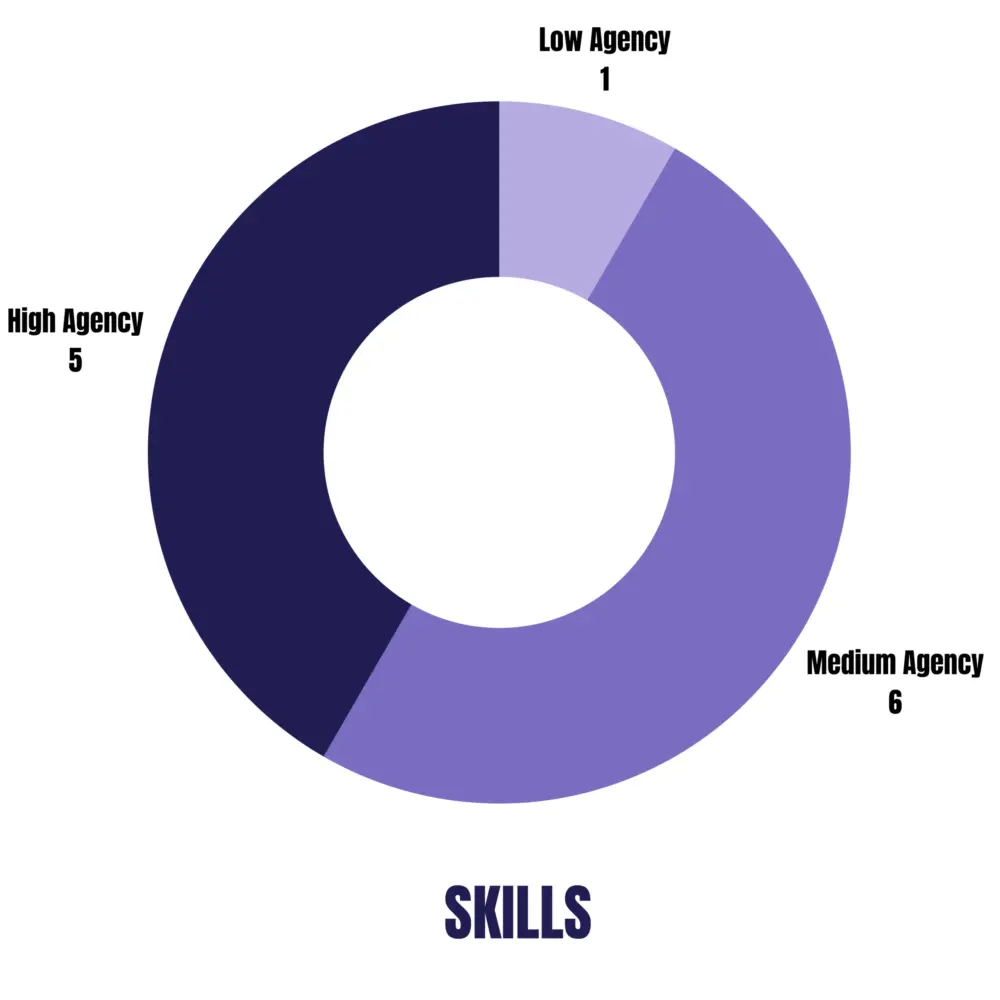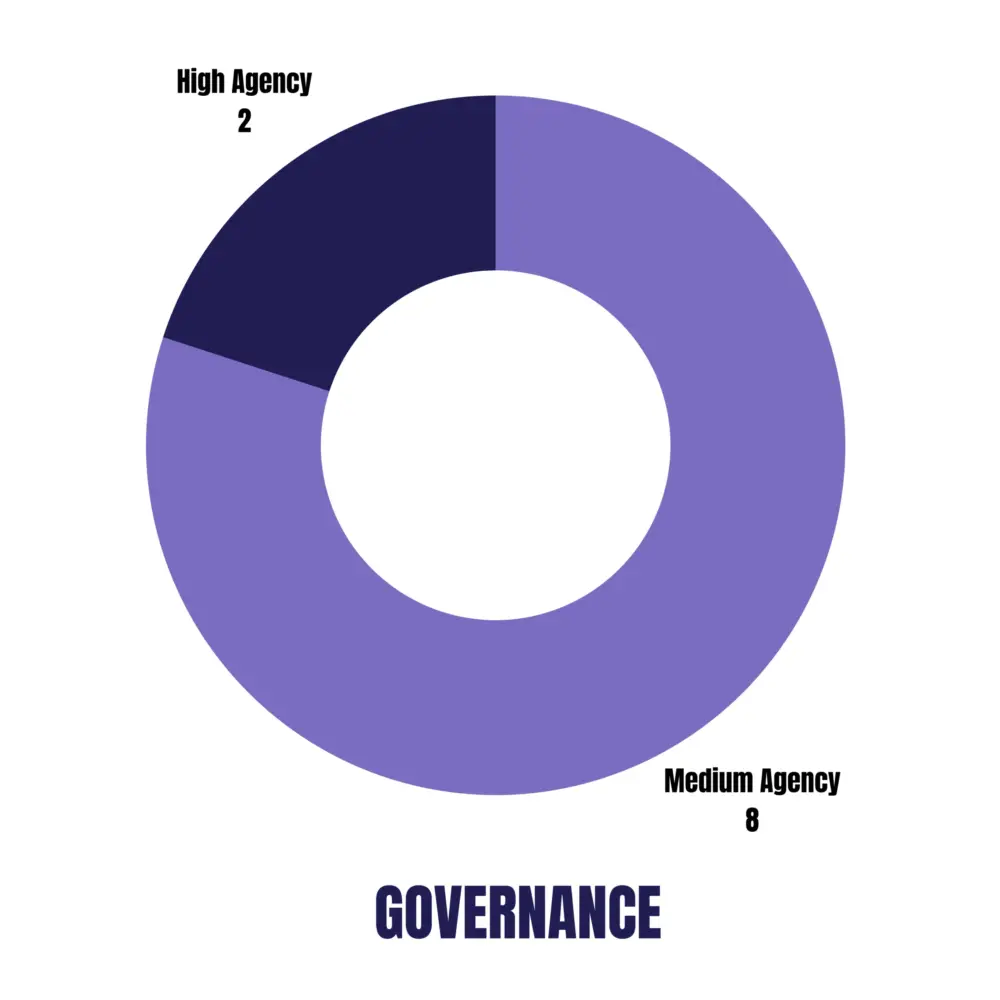From AI Sovereignty to AI Agency
From AI Sovereignty to AI Agency
TPDi set out to define the ambiguous concept of ‘AI sovereignty’ and take stock of Australia’s AI capability – to understand where our strengths lie, where dependencies exist, and what true autonomy looks like in a global AI landscape.
Through national consultation and deep analysis, a clear message emerged: power isn’t binary. The concept of ‘sovereignty’ does not capture the range of motivations behind how nations act, adapt, and influence when it comes to AI.
That’s why we reframed the conversation around AI agency, the capacity of a country to act with autonomy, reduce dependence, and shape outcomes on its own terms.
To bring this idea to life, we defined a Typology of 101 AI capabilties and built the draft AI Agency Tool, a practical framework for mapping, comparing, and strengthening national capability, agency and power.
We have used the Tool provide a snapshot of Australia’s current capability, but it also serves as a method for exploring policy options. It’s updatable, scalable, and designed to be applied by any nation seeking to build its own AI agency.
Respond to our Discussion Paper by 15 December to have your say on the draft.
This is not a final product. It is an invitation.
AI policy debates often rely on broad generalities about ‘AI sovereignty’, without clarifying which parts of the ecosystem represent genuine strengths or priorities. When conversations do get specific, they often narrow to focus on compute for the purposes of generative AI.
The AI Agency Tool broadens that view, bringing structure and precision to how we define, measure, and invest in AI capability and pursue AI agency and power. This shared language strengthens our ability to collaborate, benchmark progress, and improve national performance.
[Explore the Typology At A Glance]
While the term ‘AI sovereignty’ dominates today’s policy discussions, it means different things to different people.
AI is reshaping how power is created and exercised, but we have the power to shape AI.
TPDi’s new research, From AI Sovereignty to AI Agency, introduces a clear way to talk about and measure the capabilities that define the future of power.
It provides a practical tool for policymakers to make informed AI policy and strategic investment decisions.
As capability concentrates in the US and China, middle power strength lies not in scale but strategy. Most countries cannot, and should not, aim to lead in everything across the AI ecosystem; what matters most is strategic capabilities and the freedom and options to choose.
Power in a connected world flows from the ability to manage relationships, not retreat from them.
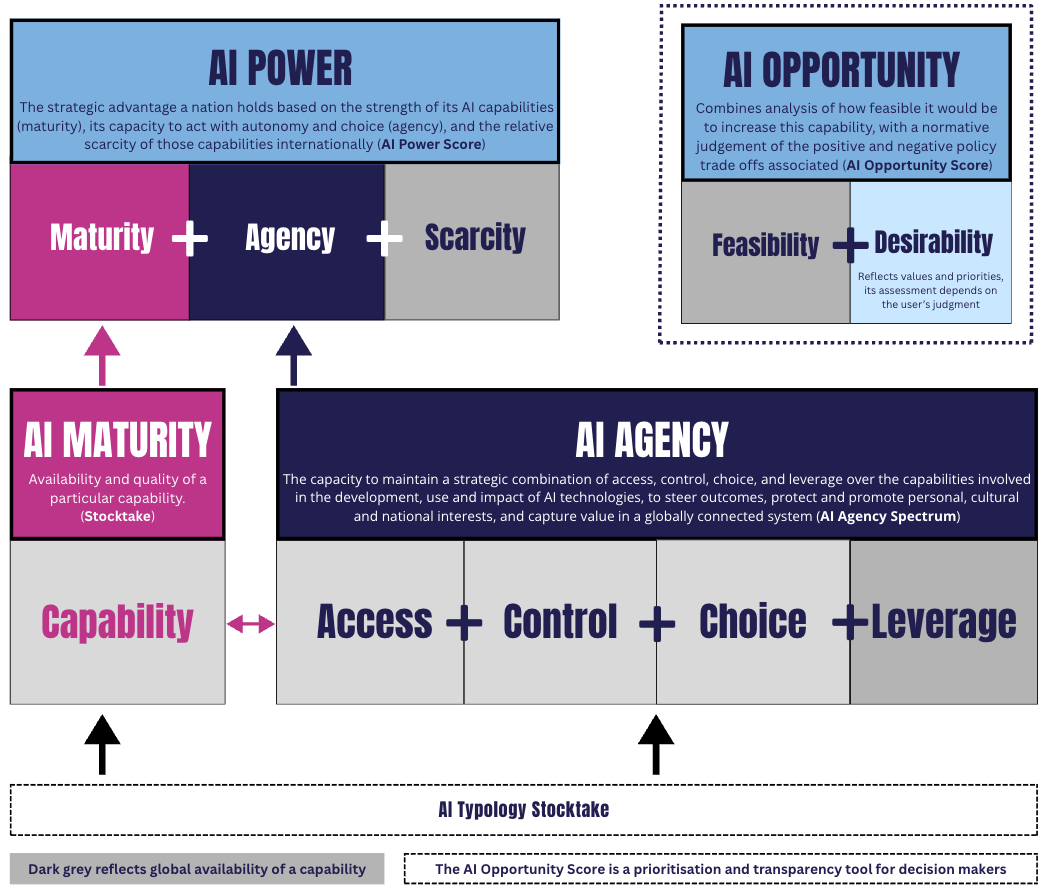
Access · Control · Choice · Leverage = Agency
AI power comes from increasing agency: the capacity to act, choose, adapt and influence.
AI agency changes the posture of policy debate from a defensive conversation to being proactive about what comes next. Maintaining agency means:
• Maximising options through resilient supply chains
• Reducing dependency via a mix of domestic and international
• Increasing control where it matters most
• Building leverage in capabilities that others rely on
Access enables participation, control safeguards autonomy, choice ensures flexibility, and leverage turns capability into influence. Together, they describe AI agency in a connected world, a more meaningful and dynamic measure of strength than binary notions of sovereignty.
Agency focuses investment where it counts.
Agency as a method for tech policy design
The AI Agency Tool turns the complex AI landscape into 101 capabilities across six measurable layers, showing how mature, empowered, and strategically important each part of the ecosystem really is, and where targeted action could create opportunity.
It’s a progressive model: each layer builds on the one before it, moving from definition to diagnosis to direction.
TPDi’s goal isn’t to prescribe policy outcomes, but to create the processes and evidence that make policy design more rigorous, equitable, and future-ready.

The AI Ecosystem: 101 categories of AI capability across 6 layers
Australia’s AI Maturity today: A maturity score for each AI capability across the layers
Australia’s AI Agency today: An agency score for each capability across the layers
[Typology At A Glance] [Explore the AI Agency Tool] [Read the Discussion Paper]
Embedding First Nations Perspectives
Insights from dedicated First Nations consultation has informed four interrelated ways to embed First Nations perspectives within approaches to AI sovereignty:
- Integrating Indigenous data sovereignty as core to national capability
- Recognising Indigenous knowledge systems as foundational to innovation, Australia’s first innovators
- Centring consultation and consent from Traditional Owners of land and resources in AI deployment
- Committing to ongoing feedback loops with community to evolve frameworks over time
Together, these principles affirm that responsible AI development must reflect the wisdom, rights, and continuing sovereignties of Aboriginal and Torres Strait Islander peoples and not replicate patterns of exclusion or appropriation from Australia’s colonial past.
Join the Conversation
Consultation is open until 15 December 2025.
Read the Discussion Paper, explore the interactive AI Agency Tool, and share your feedback through the online form.
If you’d like a printable version of the Stocktake, please email us at hello@techpolicy.au
[Explore the AI Agency Tool] [Read the Discussion Paper] [Submit Feedback]
Power in a connected world flows from the ability to manage relationships, not retreat from them.

